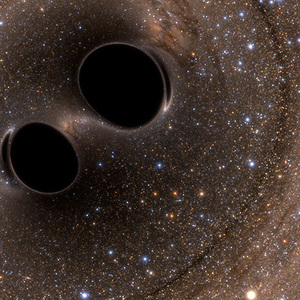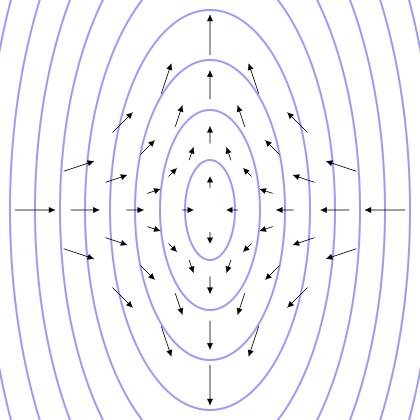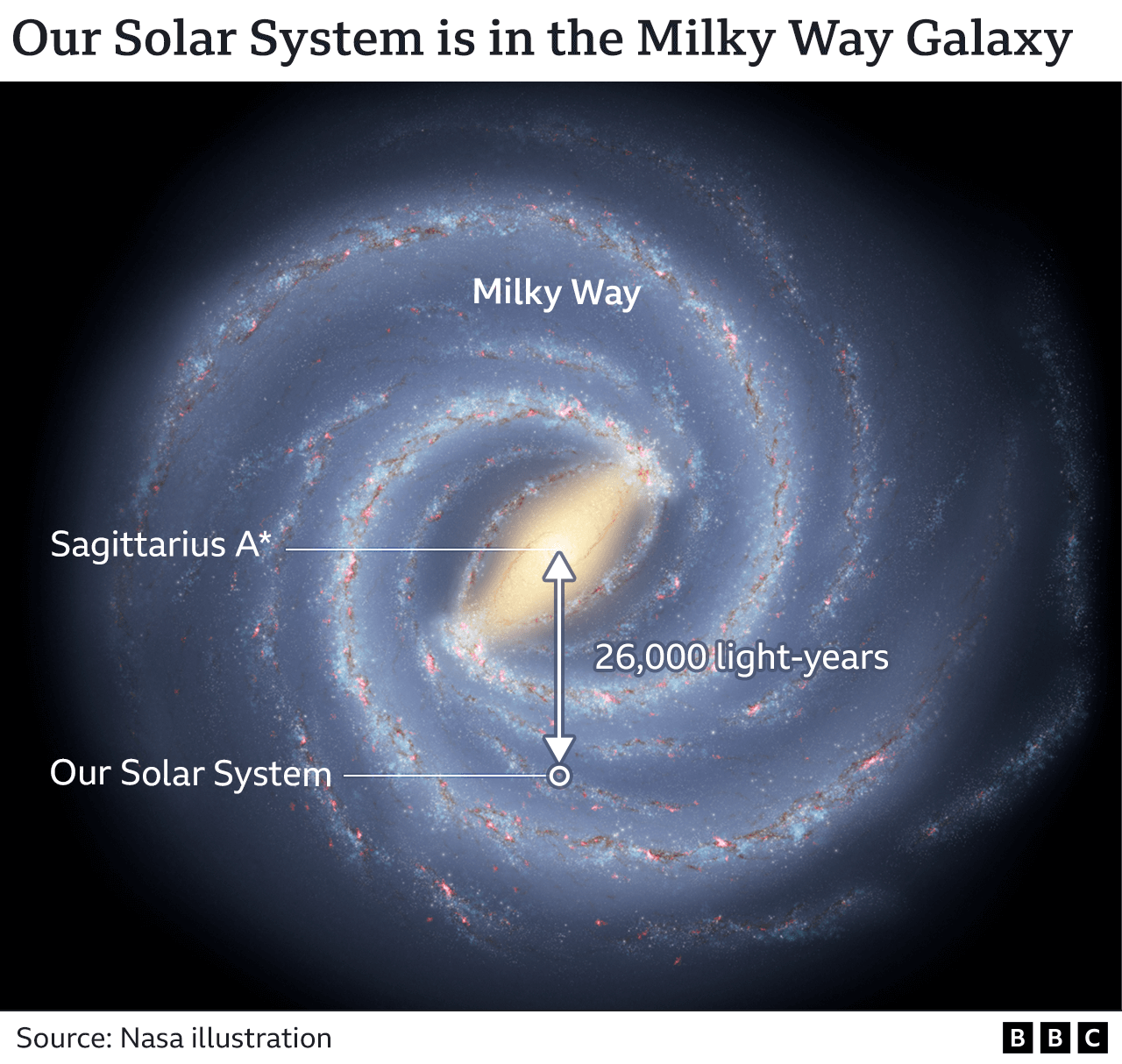100 years later, a faint chirp proves Einstein was right
The New Yorker wrote an article called Gravitational Waves Exist: The Inside Story of How Scientists Finally Found Them. The article describes how Professor Rainer Weiss’ idea to build a device sensitive enough to detect ripples in space-time became a professional obsession and a quest that spanned a half century. This quest had a team of over 1000 scientists and engineers focused on the task by 2015. In September of last year, Professor Weiss’ concept was validated when the device recorded a faint chirp and successfully detected gravitational waves.
Weiss first published his idea for a laser interferometer gravitational-wave observatory (LIGO) in 1972. It called for a laser that is fired, split into 2 perpendicular beams, and then reconstructed to create a specific interference pattern. But in 1972, much of the scientific community doubted the existence of both black holes and gravitational waves, making it a challenge to fund such an endeavor.
September 2015, LIGO proves Einstein was right
Albert Einstein predicted the existence of gravitational waves in 1915 as part of the theory of general relativity. In 1916, he told Karl Schwartzchild, the discoverer of black holes, that gravitational waves did not exist. He would flip flop on the subject two more times.
100 years later, Advanced LIGO (aLIGO) recorded the sound of two black holes colliding, providing the first direct evidence of gravitational waves. The corresponding research paper was published in February of this year.
Two observatories
Two observatories were built: One in Washington State, and one in Louisiana. They are supported by the National Science Foundation and are operated by MIT and Caltech. Instead of looking into space, LIGO listens for proof of events that are beyond the limits of electromagnetic spectrum telescopes.
Initial LIGO ran from 2000 to 2010, and was known to be an experimental version. Over the last 5 years, the entire system was rebuilt to increase the sensitivity so that it could capture the existence of gravitational waves. The new system is known as aLIGO. After being operational for a mere 2 days, aLIGO successfully detected gravitational waves. aLIGO measured the expansion and contraction of space-time.
1 x 10-18 meter accuracy
aLIGO’s antennas are L-shaped vacuum chambers. Each arm is 4 km long and contains 9.5 million liters of empty space. There are mirrors hanging at the end of each arm, suspended by glass threads. The arms must be completely insulated from exterior noise and vibrations in order to maintain their accuracy.
aLIGO can detect changes in one of the arms as small as an attometer, or 1 × 10−18 meters. Basically, aLIGO uses a structure that would more than stretch across Manhattan to measure changes in space-time the size of 1/10,000 the diameter of a proton.
Even with this minute sensitivity, only massive events in the universe would be “loud enough” to be captured. On September 14th 2015, a signal was captured at the Livingston site. Seven milliseconds later, the same signal hit the Hanford site.
The chirp
Detailed analysis showed that the “chirp” was caused when two black holes collided. One was 36 times as massive as the sun and the other was 29. Just before the collision, they were circling each other 250 times per second, causing a ringing sound. The ringing stopped when they combined to create a single black whole with the equivalent mass of 62 suns. This occurred in a fifth of a second 1.3 billion years ago.
The collision released 3 solar masses of energy. This energy took the form of gravitational waves. If it were visible light, “it would be the equivalent to a billion trillion suns”. This immense amount of energy traveled 1.3 billion light years to eventually move the aLIGO mirrors only 4/1000 diameter of a proton.
LIGO research and MATLAB
Over 1000 scientists and engineers are working on LIGO, with more researchers contributing during the decades of work that led up to the 2015 breakthrough. There are three main areas of mathematics/simulations behind the LIGO breakthrough: simulation of the gravitational waves, searching the obtained data for matches to the numerical simulations, and the design of the physical system itself, including noise cancellation.
Much of the research has focused on the accuracy needed to detect the distortion of space-time. Here are a number of articles relating to the use of MATLAB in the LIGO design:
- Optikle is a MATLAB-based simulation tool used to compute the frequency domain transfer functions of the interferometer optical plant, including radiation pressure. It also computes the quantum noise limitations to interferometer performance. It was written by Professor Matthew Evans.
- GWINC computes the expected noise performance of a gravitational wave detector based on its design parameters. GWINC is a MATLAB-based tool. GWINC has been used in many research papers, including Displacement Noise in Advanced LIGO Triple Suspensions, by M. Evans, and P. Fritschel.
- Journal article Active noise cancellation in a suspended interferometer, by Jennifer C. Driggers, points to research that used MATLAB to import the data for the length feedback signal for the cavity, and to construct and apply the Wiener filters.
- The cover of a 2015 issue of LIGO Magazine showed the LIGO Hanford X-arm end test mass (ETM).
In describing the image, the magazine explained:
“The beams reflect from the test mass surface at locations that are diametrically opposed and displaced vertically about the center of the mass. The positions of the beams must be maintained within a few millimeters of the optimum locations to avoid calibration errors resulting from elastic deformation of the mass. A MATLAB-based procedure developed by Darkhan Tuyenbayev (graduate student from UTB) and implemented by Thomas Abbott (graduate student from LSU) uses images of the ETM surface such as this, taken when the beams are present, to determine the positions of the Photon Calibrator beams on the test mass surface.”
A Nobel Prize in Physics?
Many speculate this research will receive a Nobel Prize in Physics. In the Institute of Physics magazine Physics World, Neil Turok, director of Perimeter Institute of Applied Physics said that LIGO’s discovery was “much more important than any prize”. He went on to say that he is confident that it will win a Nobel prize. Professor Weiss and other LIGO researchers have already received many accolades from the scientific community.
- On May 2, LIGO researchers received a Special Breakthrough Prize in Fundamental Physics, recognizing the scientists and engineers contributing to the detection of gravitational waves.
- On May 4, the research team also received the 2016 Gruber Cosmology Prize.
LIGO is an undertaking that combined physics and engineering to tackle what was considered an unattainable goal. Looking forward, projects such as ESA’s LISA Pathfinder will continue to use LIGO principles to better understand our universe. LISA has started its science mission to prove key technologies and techniques needed to observe gravitational waves from space. (And LISA is utilizing MATLAB as well!)
To learn more, read Cleve Moler’s post Dark Energy Gravitational Waves.














Comments
To leave a comment, please click here to sign in to your MathWorks Account or create a new one.